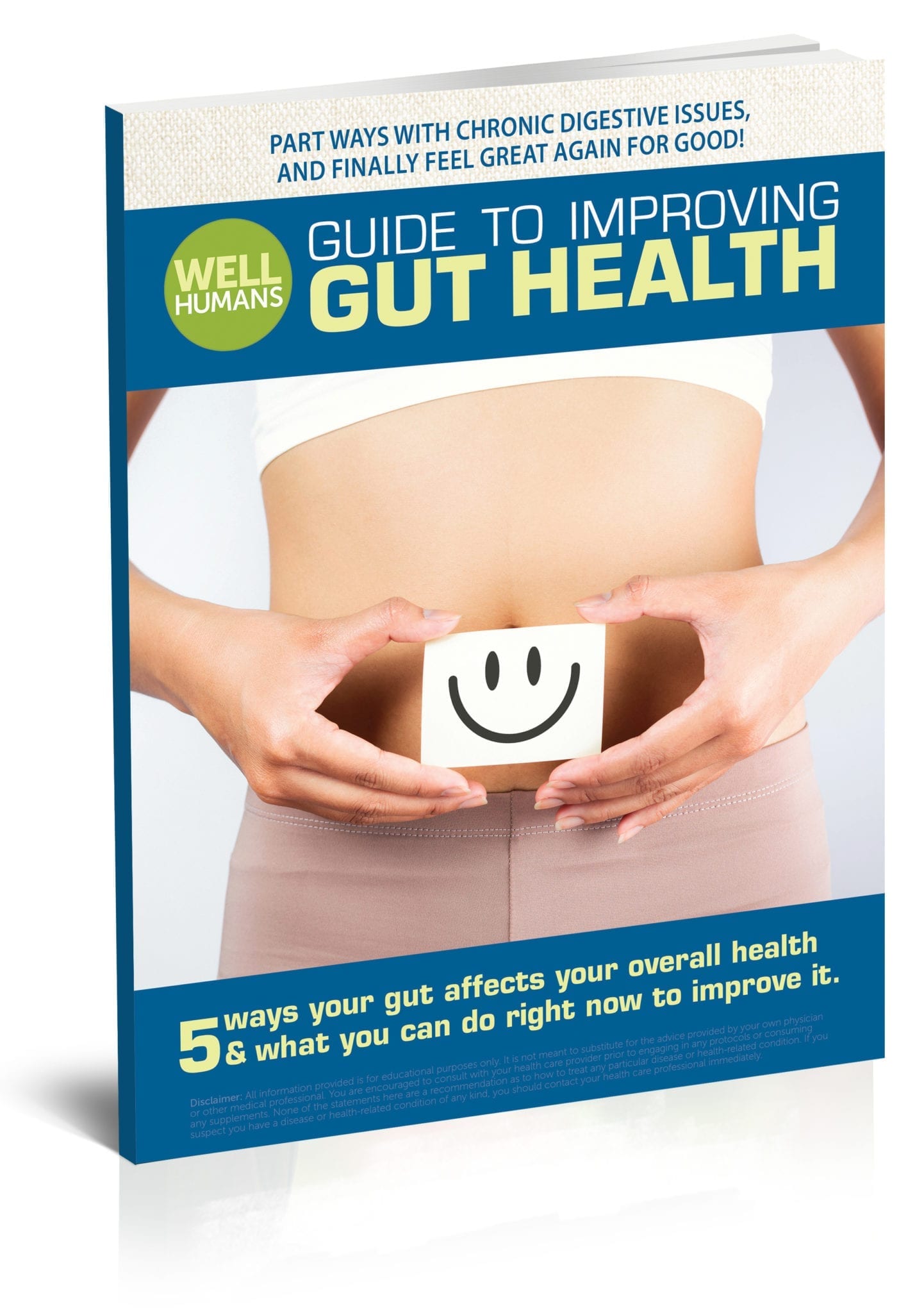 When you get candida overgrowth, you don’t want to wait too long before you start treatment. Even before you talk to a doctor, you can start making changes to your diet.
When you get candida overgrowth, you don’t want to wait too long before you start treatment. Even before you talk to a doctor, you can start making changes to your diet.
Stop Eating These Foods
Your diet has a large impact not only on candida overgrowth, but working to reduce it. Unfortunately, some of the foods you love, you will need to stop eating for the time being. Moving forward, it is good to keep reducing these, but you don’t necessarily need to avoid them entirely.
Some foods that are good to avoid while on a candida diet include:
Starchy Veggies
As we mentioned in the previous section, you want to avoid vegetables that are high in starch, sugar, and carbohydrates. This includes any type of potato, sweet potato or yam, as well as high-sugar vegetables like corn, carrots, beets, pinto beans, lentils, and chickpeas. There are still a lot of vegetables you can enjoy while on the candida diet, including leafy greens and most lettuce, green beans, broccoli, cauliflower, brussels sprouts, zucchini, and pumpkin.
Most Fruit
Sugar unfortunately feeds candida, so now is the time to start eliminating it from your diet. This means avoiding any “sweet” foods with sugar or natural sugar, including candy, cookies, cakes, baked goods, and many processed foods. Sugar is often found in sauces, dressings, and other packaged foods, so look carefully at the labels. You should also reduce how much sugar you get from fruits, voiding high-sugar fruits like apples, bananas, cantaloupe, watermelon, pineapple, pears, and many others. The lowest sugar fruits are berries like strawberries and raspberries, so those should still be okay to eat in moderation.
Dairy
You are probably already aware of the impact dairy can have on your gut, even if you don’t have an intolerance to lactose. While on a candida diet, it is best to reduce it or eliminate it entirely. This includes:
- Animal milk
- Butter (go for ghee instead)
- Cheese
- Cream cheese
- Sour cream
- Cream-based foods
Grains
Lastly, get rid of grains from your diet, as both the carbohydrates and sugar can affect your gut and the candida. It can be difficult avoiding grains as it is in just about every bread, baked good, or packaged food, but you will need to eliminate it for now.
Enjoy These Foods
Now that you have a better understanding of a candida diet, you can learn about the foods to add into your diet. Don’t worry, the next section will cover foods NOT to eat. Luckily, there are many foods you probably enjoy now that you can keep eating while trying to fight your candida overgrowth through your diet.
These include:
Vegetables
You will need to remove some vegetables from your diet, especially the ones high in starch, but others can actually help to fight the candida. You want to stick to your low-starch vegetables like leafy greens, including spinach and kale, cauliflower, and green beans. You should also try to eat more cruciferous vegetables, such as broccoli and brussels sprouts.When choosing vegetables, look at the carbs and sugar. Avoid high-carbohydrate vegetables like carrots, corn, and sweet potatoes.
Healthy Fats and Oils
Don’t be afraid of fat! You simple want to switch out the bad fats for the good fats. Avoid fats like vegetable oil and lard, and switch to healthy fats like avocado, olive oil, and coconut oil. These are very good for you, not to mention how amazing they are for the gut.
Protein
You can keep eating your favorite meat, poultry and fish, but it is a good idea to stick to highest quality meats you can find. When choosing fish, always go with wild caught over farmed fish, preferably fresh or fresh frozen. For meat and poultry, try to find grass fed or pasture-raised meat. It is a great idea to keep eating meat and seafood as long as you are not a vegetarian or vegan, as it provides some essential nutrients you need for your candida overgrowth.
Important Changes to Your Diet
Before getting into details of what a candida-fighting diet means, it helps to get more of an overall picture of what you should expect. These guidelines give you a clear picture of how the diet works and what types of foods you can (and can’t) eat until the diet is under control.
Make Sure You Eliminate Foods That Add to Candida Growth
There are two basic principles of the candida diet: adding in good foods that help to starve the candida, and removing foods that will feed it and make it worse. To start with, you need to remove foods that feed the candida and lead to the overgrowth, including refined and processed carbohydrates and sugar. You are reducing your fruit intake since a lot of fruits are high in sugar, but mostly you are moving refined sugar foods like candy, cookies, baked goods, and most processed foods.
Adding in the Good Stuff
The foods you are adding into your diet will be low in sugar and refined carbohydrates, high in nutrition, and be anti-inflammatory foods that are good for the gut. This might be a big change for you in the beginning, but once you start noticing how much better you feel on the candida diet, it will all be worth it. There are also many other benefits people experience from these food changes, from more energy to weight loss. In addition to these changes, you will also be adding in more fermented foods and taking a probiotic to help ensure you reduce the candida overgrowth.





